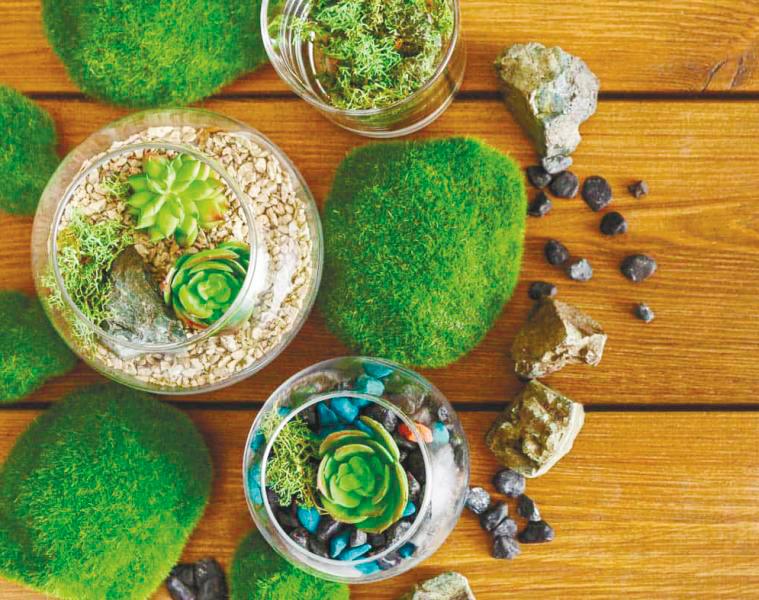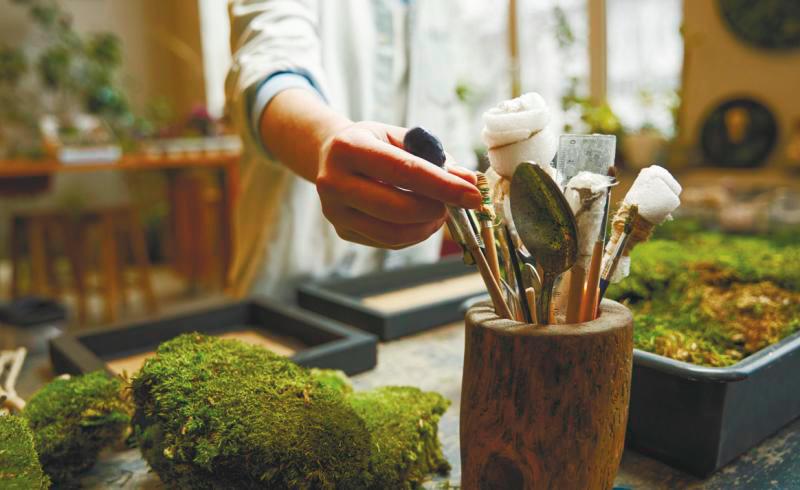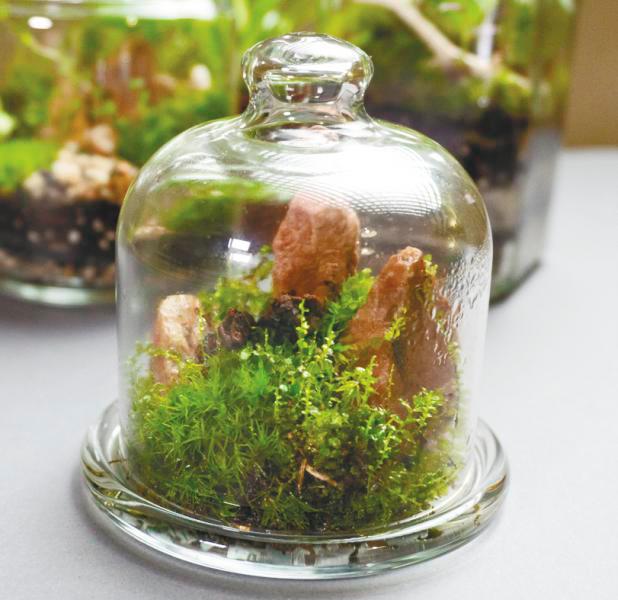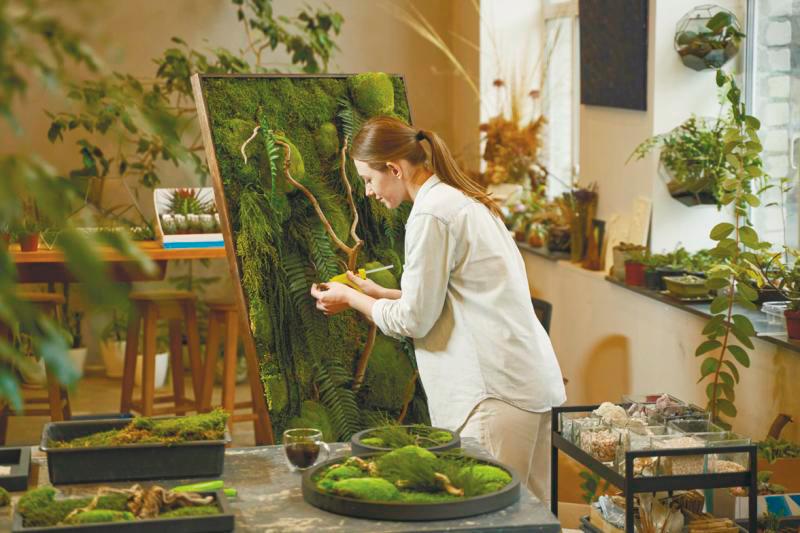MOSS plants are spore-producing, flowerless plants. Mosses are considered to be non-vascular plants, or ferns. Although moss is a plant in theory, it does not really have proper leaves, branches, or even roots. Moss has a distinctive and uncommon character. This is due to the fact that it won’t grow a natural root system. Instead, moss will generate spores that will form a structure like a root. Because of this unique trait, moss is an appealing plant that is ideal for growing in an indoor moss garden. To find out what are the benfits of growing such a garden, read on.
Easy to grow
Moss requires little upkeep, is cost-effective to maintain, and is simple to plant. You might expect your water cost to skyrocket with typical plants. Moss can thrive in a variety of climates, and can even survive for extended periods of time without water. Due to the fact that it is an everlasting leaf mulch, it also gives damp landscapes a natural beauty throughout the year. In rare circumstances, moss will even spread on its own. You will be content with the little labour you have to do for its upkeep. If you run out of water and the plant eventually dries out, it normally sprouts new leaves on its own.

Help conserve energy
In the summer, evapotranspiration keeps the regions next to moss walls cooler. Moss walls add an extra layer of insulation to indoor rooms throughout the winter, lowering heating expenses. Evapotranspiration is the process through which water passes through the moss and subsequently evaporates into the atmosphere around it. A vertical green moss wall serves as an additional layer of lining for any property, residential or commercial. It won’t enter the building since the moss is so excellent at keeping out the heat or cold. Because you won’t even need as much energy to heat or cool the building, your energy expenditures will be lower as a result. As a consequence, it helps people save money, while also saving the environment.
Wide range of pH levels
A broad variety of pH values are tolerable to mosses. The majority of moss species can thrive in acidic environments. Gardens in the shadow are beneficial for the plants. In order to prevent grass from growing on low pH surfaces and in shaded regions, plant moss there instead. Although they thrive in shaded settings, they may also be cultivated in high pH environments without dying.
Increased air quality
A procedure known as biofiltration can be used in moss gardens to enhance the interior air quality. Air pollutants can be transformed into water and carbon dioxide after being absorbed by moss. After that, it is discharged as pure and clean air.

Aesthetically pleasing
Finding something that is stylistically fulfilling is difficult while upgrading or modifying your style layout. When it’s not a flaw, a vertical wall of green moss is adequately evasive, but it also stands out once you enter the space. Because there aren’t many colours or recognisable shapes, a moss garden may provide a calming atmosphere.
Add beauty to home
Moss plants are no different from other indoor vertical plants in adding a touch of life to your residence or place of work. The moss garden is still active and actively working to purify the air and safeguard your home. Putting moss to your rooms or workplaces can not only improve creativity and productivity, but also make the area more elegant. Moss can make wonderful outdoor decorations as well. Stress can be lessened by actively engaging with indoor plants, such as by planting, stroking, and smelling them.

You may give your home space some vitality by creating a moss garden. Your moss garden will be alive, and actively work to purify the air you breathe while also providing insulation for your interior space and aesthetic advantages. In an effort to increase the humidity within the container, many individuals have made the mistake of placing their moss containers in a gloomy spot. For continued development and growth, your mosses need a lot of sunshine, both direct and indirect. In your present arrangement – if it’s feasible – think about placing your pot on a windowsill that receives at least a few hours of direct sunshine each day.
Every time your moss feels dry to the touch or starts to lose some of its deep green hues, water it. Check your mosses every day to make sure it is wet to the touch and has an even distribution of the distinctive green colour.
Mosses may be used in a wide variety of ways. The only restriction on what you can do with it is your creativity!









